I'm trying to design a Delta-Sigma Modulator for frequency synthesizer applications and am (just right now) figuring out how to properly configure a first order DSM in Simulink. I've made a few small variations that I've seen (with the unit delay in the integrator in different paths and one configuration without a delay in the feedback path) but have arrived at a similar conundrum. The 20dB/decade rolloff expected of a 1st order DSM isn't present, and I see very pronounced harmonic tones in the PSD. Specifically, for when I sample at 1MHz (which for a DC input, I'm not entirely sure is needed, but I digress), I see spurs at 100, 200, 300, and 400KHz.
The pictures below are of the Simulink model, followed by the PSD of the three configurations in the model.



